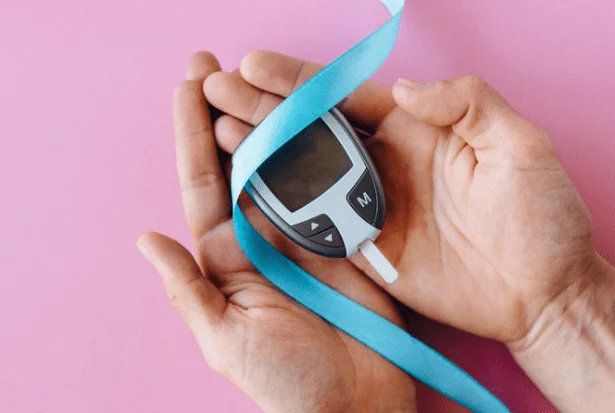November 14 is observed globally as World diabetes day, a global awareness campaign focusing on the rapidly growing disease.
The Gauteng department of health is expected to join the global movement to switch on the blue lights at its facilities.
This is to symbolise its commitment to the campaign against the disease.
Government commitment
The commitment is to raise awareness about diabetes and highlight the importance of prevention, management, and support.
The MEC for health and wellness Nomantu Nkomo-Ralehoko, joined by deputy minister of health Sibongiseni Dhlomo, will turn on the “blue lights” at the Chris Hani Baragwanath Academic Hospital in Soweto.
Nkomo-Ralehoko explained: “The lighting of our buildings blue is part of a continuous campaign to encourage residents to seek help.
“We also encourage them to understand their risk factors for diabetes.”
Why Blue Lights
According to the department, the blue circle is the global symbol for diabetes awareness
and the logo of World Diabetes Day.
In a statement, the department said: “There are many ways you can help promote the global symbol of diabetes awareness.
“Wear blue for diabetes. Wear the blue circle pin or bracelet.”
Researchers are concerned about the unrecognised cases of millions of diabetes patients in South Africa.
They say it’s only worsening the health situation in the country that is already struggling with HIV and tuberculosis.
Increasing rates of diseases
However, over the past few years death rates in South Africa have slightly declined.
But the country faces a steady rise in both death and disability.
These are caused by an increase in non-communicable diseases such as diabetes and cancer.
Non-communicable diseases adds to the list of the contributors to the cause of an estimated 71% of deaths globally.
This is according to the NCD Alliance, a civil society network.
A great handful of these deaths, standing at 85%, take place in lower and middle income countries.
In South Africa, according to Statistics South Africa, there was an increase of 58% in deaths from non-communicable diseases from 1997 to 2018.
Second leading cause of death
This has highlighted that diabetes stands at the second leading causes of death, with tuberculosis at number 1.
Diabetes affects 12% of the adult population, causing damage to individuals’ health and livelihoods, and to the national fiscus.
The direct cost of diabetes to South Africa’s health system is R2.7-billion.
That is only for those patients who are diagnosed. It does not factor in the indirect costs of loss of jobs and income.
Projections
Some 4.2-million South Africans or one in nine are estimated to have diabetes, according to the International Diabetes Federation for 2021.
A great deal of these individuals, 45%, are still undiagnosed.
More than 7.4-million South Africans may have diabetes by 2045, which would be the greatest prevalence in sub-Saharan Africa.
Leading cause of death for women
In South Africa, the condition is also the leading cause of death for women.
It is also the second leading cause of death for both men and women.
About half of diabetics are unaware that they are affected. 2019 saw 89,834 diabetes-related fatalities.



